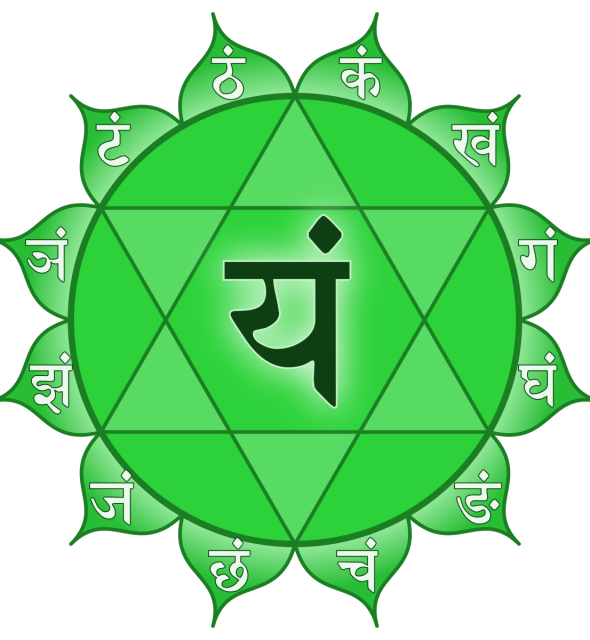
ANAHATASABDA figures variously in the Guru Granth Sahib as anahadasabad, anahadatura, anahadajhunkara, anahadabain, anahatanada, anahadabani and anahadadhumand in the Dasam Granth as anahadabani and anahadabaja. The word anahata is from the Sanskrit language. It occurs in Pali and Prakrit texts as well. In the Sanskrit original, it implies unstruck; it stands for pure or immaculate in Pali and for eternal in the Prakrit. The suffix words like sabad or sabda, tura, jhunkara, bani and dhuni stand for word, rhythm, sound or speech. Thus, anahatasabda would mean the unstruck or pure or eternal sound. In a theistic system, anahatasabda would signify an eternal voice symbolizing the reality of God.





